How Tony Soprano Became the Blueprint for Walter White and Don Draper
Intro
In the long, dark history of narrative, the “bad guy” was always the other. He was the monster in the castle (Dracula), the kingpin in the shadows (Michael Corleone), the force of nature (the Shark). He was, by definition, extraordinary. We watched him from a safe distance, from the cheap seats, knowing he was not us.
Then, in 1999, David Chase pointed the camera at a beige McMansion in New Jersey, and the frame changed forever.
He gave us Tony Soprano. And in doing so, he created the “Original Sin” of modern television.
As a storyteller, I am obsessed with the “why.” Why did this one character, a thieving, sociopathic, gluttonous, unfaithful, and deeply pathetic man, become the DNA for an entire generation of television?
The answer is simple. Chase’s camera wasn’t interested in the monster. It was interested in the man. He took the monster out of the castle and put him in the suburbs. He gave him a mortgage, a rebellious daughter, a precocious son, and a crippling case of anxiety.
He didn’t just create an anti-hero. He created the suburban anti-hero, and in that single, brilliant stroke, he held up a mirror, not just to a mob boss, but to us.
Tony’s influence isn’t a straight line; it’s a fractured prism. He is the complete, messy, contradictory whole. Walter White and Don Draper are his heirs. They are what happens when you isolate two specific, brilliant facets of his psyche.
The Patient Zero of the McMansion
Before we can cut to Walt and Don, we have to look at the original film. What was the Sopranos blueprint?
The Banality of Evil
The genius of The Sopranos isn’t the whacking. It’s the drive to the whacking. It’s Tony in his bathrobe, shuffling down the driveway for the paper. It’s the close-up on a plate of ziti. It’s the ducks in his pool. Chase domesticated the monster. He framed evil not as a grand, operatic choice, but as a series of petty, mundane, pathetic grievances.
The Vulnerable Monster
The masterstroke. The panic attack. The therapy room. By putting us inside Melfi’s office, we are no longer spectators; we are confessors. We are implicated. We see the “why.” We see the rot from the mother, the weakness, the fear. We are denied the comfort of seeing him as just a villain. We are forced to see him as a patient.
The Hypocrisy of “The Lie”:
Tony’s entire life is built on a lie he tells himself: “I am a family man.” This is his mantra, his absolution. It’s the wall he builds to separate his two lives. The entire series is the story of that wall crumbling.
These three elements, Banality, Vulnerability, and The Lie, are the holy trinity of the modern anti-hero. And this is how they were inherited.
Walter White as Tony’s Ego
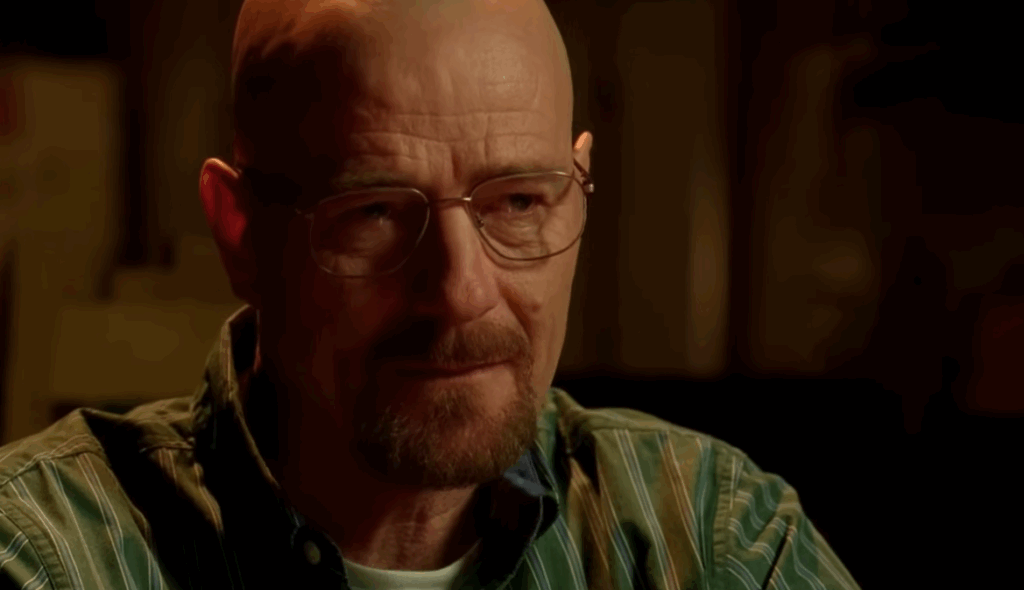
If Tony Soprano is the thesis, Breaking Bad is the cinematic response. Vince Gilligan famously pitched his show as “Mr. Chips becomes Scarface.” But in the subtext, he was taking the Soprano blueprint and putting it on a rocket.
Walter White is Tony Soprano’s rage, ego, and criminal ambition, distilled to a pure, meth-blue crystal.
Walt inherits Tony’s central justification, The Lie: “I am doing this for my family.”
For Tony, this lie is a lifelong, simmering act of self-delusion. For Walt, it’s a five-season ticking clock. Breaking Bad takes The Sopranos’ central theme and makes it the plot. It’s a 62-episode investigation into that specific lie, culminating in the final, brutal confession: “I did it for me. I liked it.”
It’s the answer Tony never had the courage to give Melfi.
Look at the visual grammar. Tony starts his story as a boss, already compromised, and spends seven seasons trying to convince himself he’s a good man. Walter starts as a good man (in theory) and spends five seasons methodically dismantling his own soul to become the monster.
Walter White is what would happen if Tony Soprano, stripped of his crew and his inheritance, had to build the entire empire from scratch. He is Tony’s “I am a poor, put-upon man” monologue made flesh, but with the ambition and pride that Tony always tried to hide in therapy.
Don Draper as Tony’s Void

If Walt got the rage, Don Draper got the ennui.
Don Draper is Tony Soprano’s depression, his identity fraud, and his existential dread, all wrapped in a perfect, $3,000 suit. He is the other half of the puzzle.
Matthew Weiner, who cut his teeth in the Sopranos writer’s room, didn’t just borrow from the blueprint; he helped build it. Mad Men is not a story about a violent criminal, but it is a story about a psychological one.
Don Draper is the lie. Tony lied about what he did. Don lies about who he is.
His crime isn’t murder; it’s identity theft. He killed Dick Whitman and created “Don Draper,” a hollow man, a walking advertisement for a life he can’t stand.
This is the direct heir to Tony’s panic attacks. This is the “is this all there is?” dread. Tony has his McMansion; Don has his Park Avenue apartment. Both are empty, beige prisons. Both men are haunted by their pasts (Tony’s mother, Don’s childhood in the brothel) and terrified of a meaningless future.
Look at the frame. Tony in Melfi’s chair, struggling to articulate his feelings. Don in a pitch meeting, articulating everyone’s feelings but his own. The Carousel. “It’s a time machine.” Both men are professional salesmen, and the product they’re selling is a fantasy of an American life that they themselves have found to be bankrupt.
Don Draper is the suburban void. He is Tony Soprano, if Tony had ever actually been the “sensitive” man he pretended to be in therapy.
A Legacy of Monsters in the Mirror
Tony Soprano didn’t just predict these characters; he unlocked the narrative door that allowed them to exist. He gave writers permission to deny the audience a simple, moral-binary.
He proved that you could put the most broken, monstrous parts of the human psyche at the center of the frame, and the audience wouldn’t look away. They’d lean in.
The cut-to-black in that final, maddening shot wasn’t just an ending. It was a handoff. It was the moment the camera turned away from Tony and panned over, finding a chemistry teacher in a Winnebago and an ad-man on a barstool, both ready to pick up the torch and continue the lie.


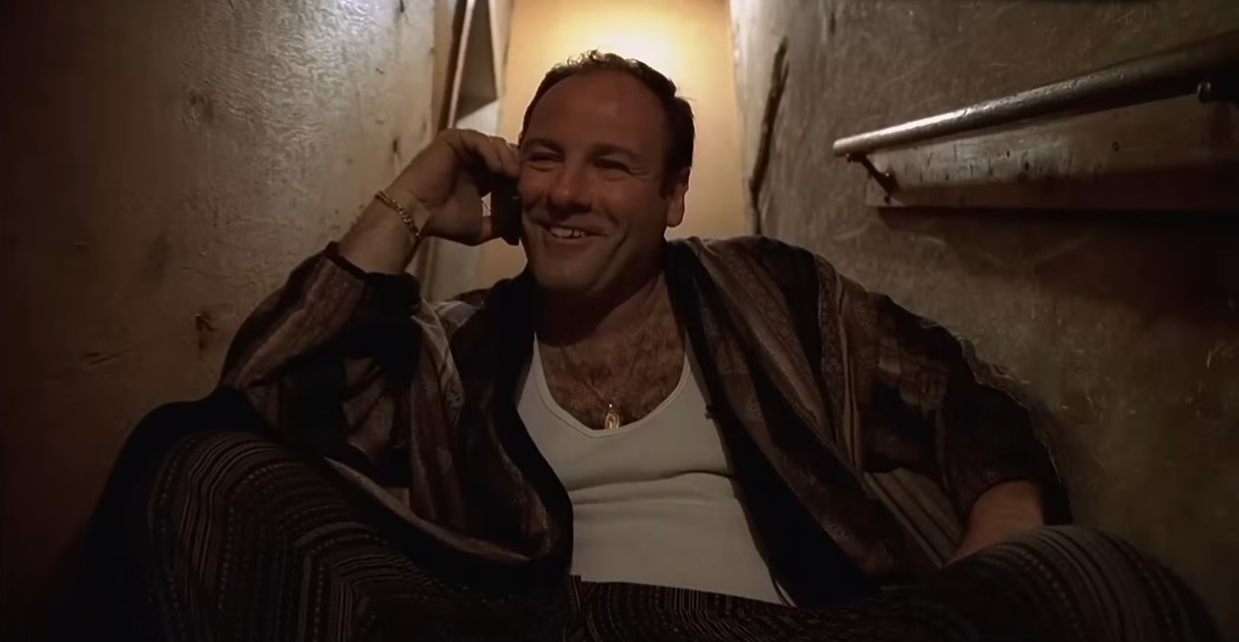
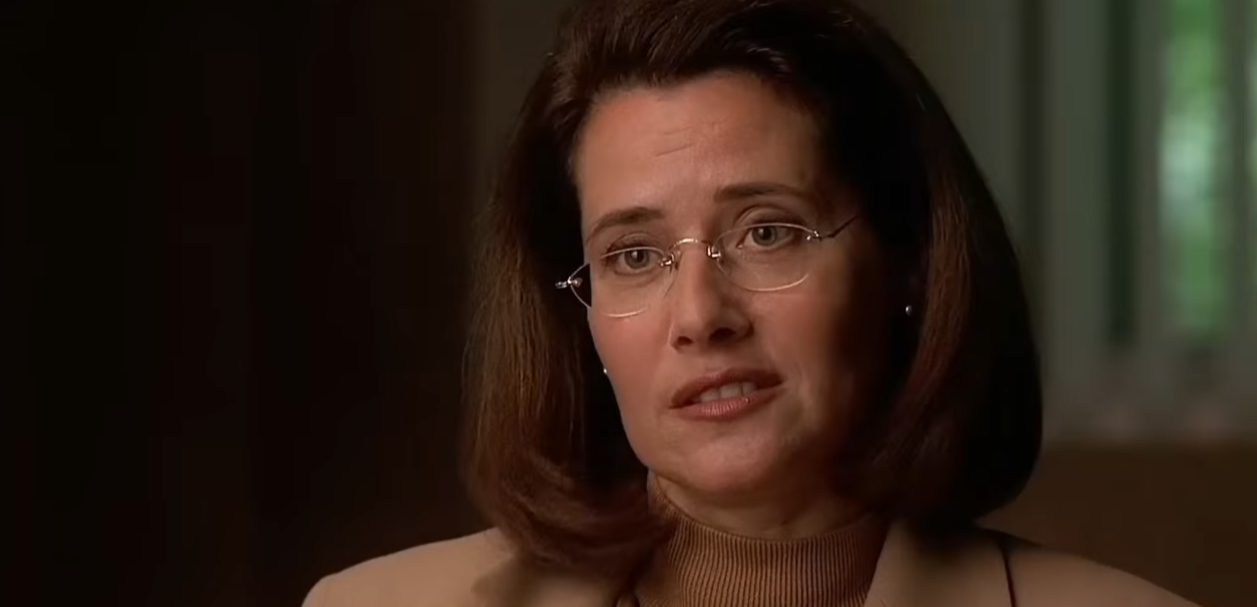



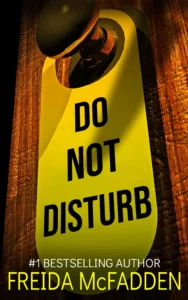




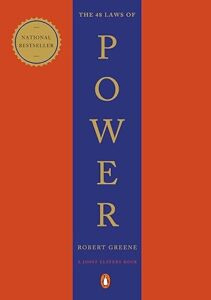
Post Comment